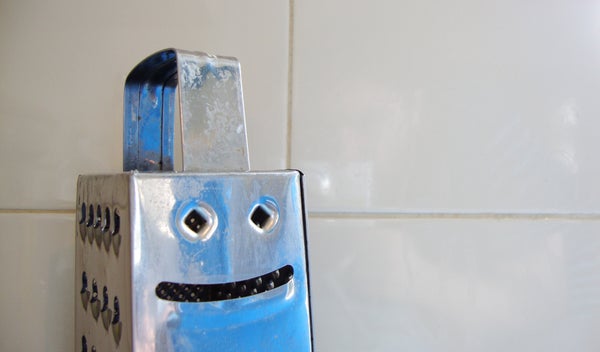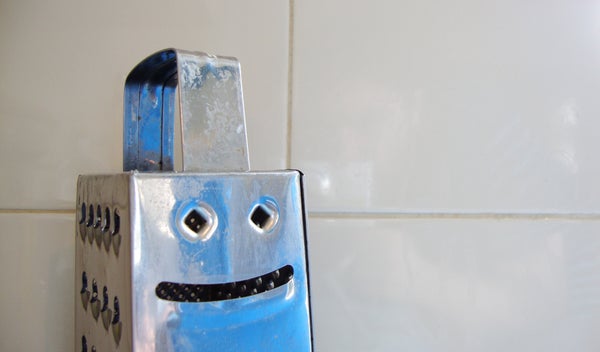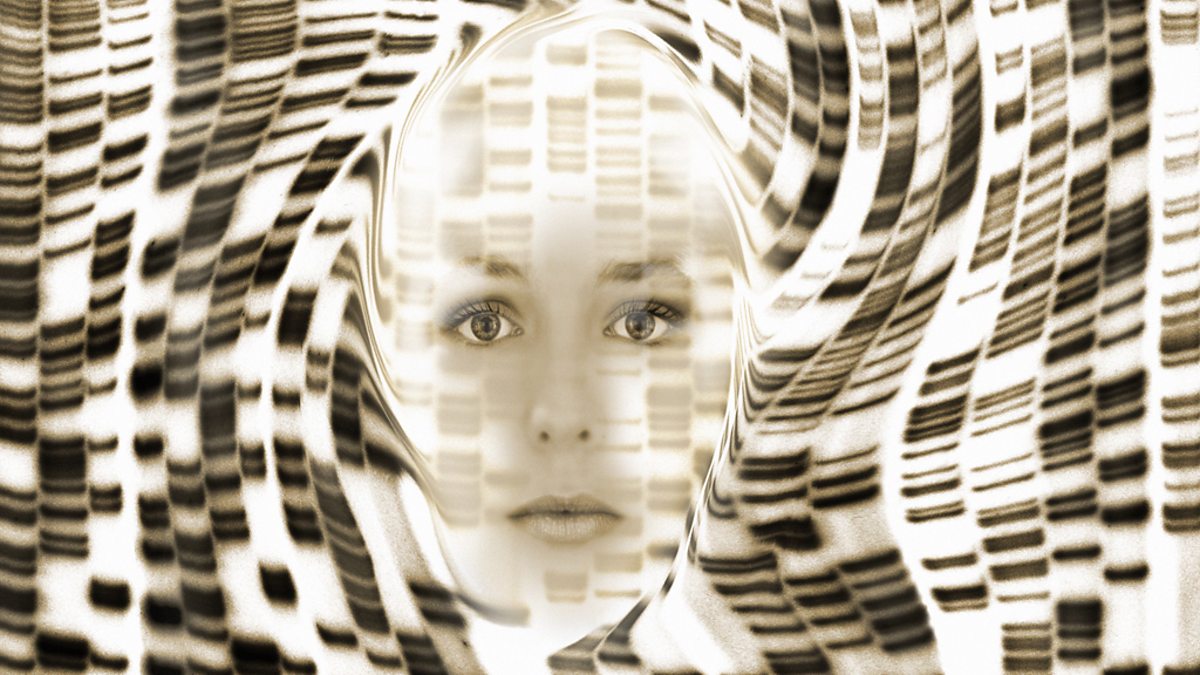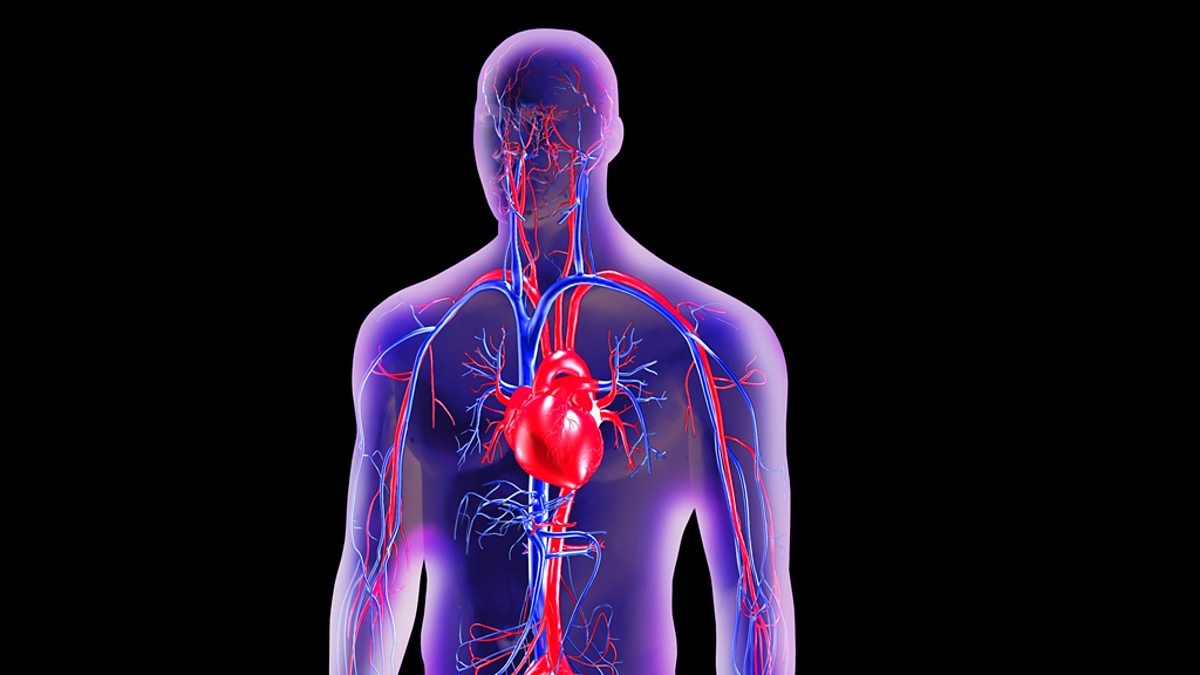
Does This Look like a Face to You?
Science—and experience—show that we most definitely see faces in inanimate objects. But new research finds that, more often than not, we perceive those illusory faces as male.

Doesn’t it look like a face?
Karen Hopkin: This is Scientific American’s 60-Second Science. I’m Karen Hopkin.
Hopkin: It’s probably happened to you. You look at a parking meter or a pickle slice or the foam in your cup of cappuccino and you think, hey, that looks like a face. It’s a phenomenon called pareidolia and it’s something we humans tend to do.
Now, a new study suggests we also do something else: we tend to see those illusory faces as having a gender….and most often we think they’re male. The finding appears in the Proceedings of the National Academy of Sciences. [Susan G. Wardle et al., Illusory faces are more likely to be perceived as male than female.]
On supporting science journalism
If you’re enjoying this article, consider supporting our award-winning journalism by subscribing. By purchasing a subscription you are helping to ensure the future of impactful stories about the discoveries and ideas shaping our world today.
Susan Wardle: Growing up my sister Jenny and I had our own word for examples of face pareidolia: “beezups.”
Hopkin: Susan Wardle, a cognitive neuroscientist at the National Institutes of Health in Bethesda. Her term is total nonsense. But Wardle must have felt some connection with beezups. As a grownup, she set out to study them after a conversation she had with her colleague Jessica Taubert.
Wardle: We were talking about face neurons in the brain, which respond preferentially to images of faces. But they also sometimes respond to pictures of round objects, such as apples or clocks. That reminded us of the experience of seeing faces in objects. And we thought it would be fun to find out whether the face regions of the brain respond to illusory faces in a similar way to real faces.
Hopkin: Indeed, in an earlier study, they found that the same brain regions activated by actual human faces were also triggered by faux faces in inanimate objects, like potatoes or teapots or washing machines. But that made them wonder: what do we see in these illusory faces?
Wardle: For example, do these faces appear to be of a particular age or gender? And do they have a specific emotional expression?
Hopkin: So they set out to collect a variety of images.
Wardle: We started by finding examples of face pareidolia on the internet. Now, people send us their own examples. And we also take photos of illusory faces that we see out in the world.
Hopkin: They showed 250 of these photos to some thirty-eight hundred volunteers.
Wardle: And we found that people readily attribute these features to illusory faces. For example, a given illusory face might look like a fearful young boy or a grumpy older woman.

Hopkin: But most striking of all…
Wardle: …there was a strong bias for people to perceive illusory faces as male rather than female.
Hopkin: About four times as often, the researchers found.
Wardle: And this was the case for both female and male participants.
Hopkin: So it wasn’t just that men saw Mr. Potato Head everywhere they looked. It also wasn’t tied to the type of object in question…like a hammer versus a handbag.
Wardle: And the male bias persists when the faces are shown in black and white, so it’s not due to gender associations with color, either.
Hopkin: Obviously none of these fake faces has a biological sex.
Wardle: Which means there is no reason for us to perceive them to have a particular gender. The fact that we do shows the illusory faces also engage our social perception system.
Hopkin: And the reason we default to seeing males is that our brains need more information before we see a face as female. Think of a smiley face emoji.
Wardle: Most people would probably say that it looks more male than female. The addition of other details, such as eyelashes and hair, is used to make emojis look more female. The same is true of Lego characters.
Hopkin: The fact that we’re so quick to see faces in couch cushions and tree trunks and slices of bread…gender assignments aside…is maybe not all that surprising. The same thing happens to monkeys…creatures who are also hard-wired for making social connections.
Wardle: And it suggests that we see illusory faces because, like other social primates, our brains are so tuned into faces, we don’t want to miss a single face in the environment, even if that means occasionally making a mistake.
Hopkin: Seems the potential benefit of gaining a friend is worth more than the potential cost of losing face.
For Scientific American’s 60-Second Science, I’m Karen Hopkin.





